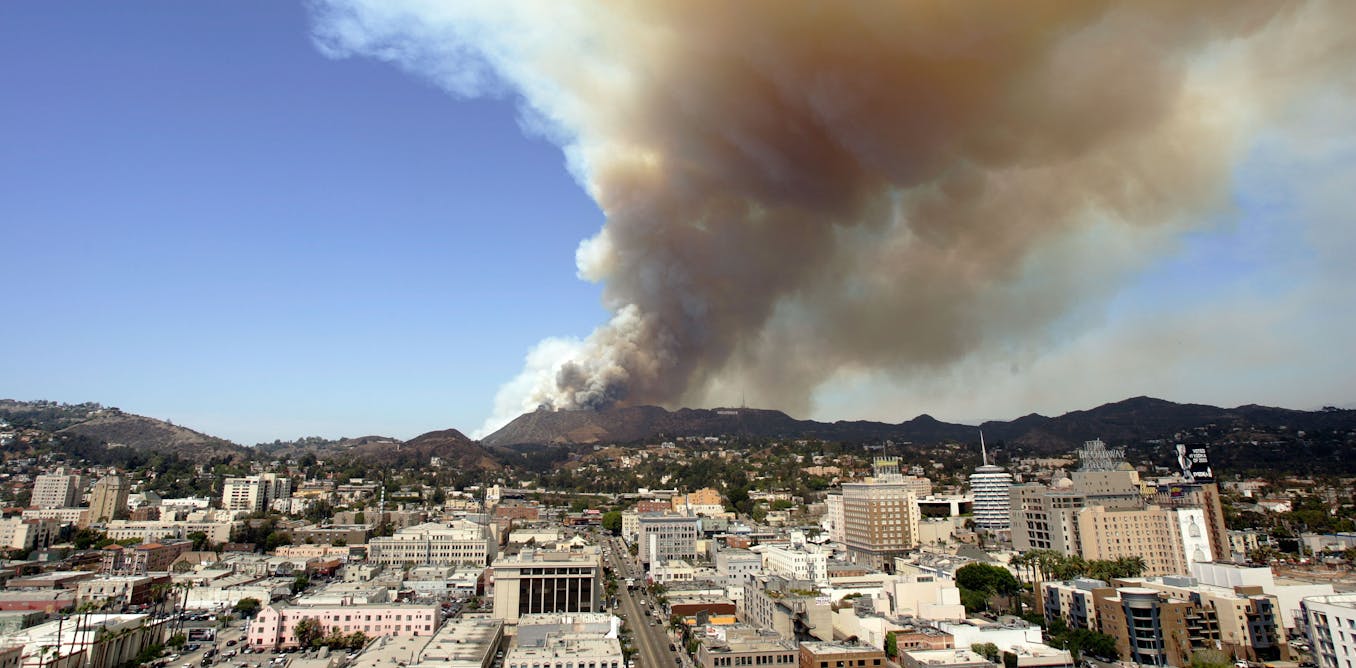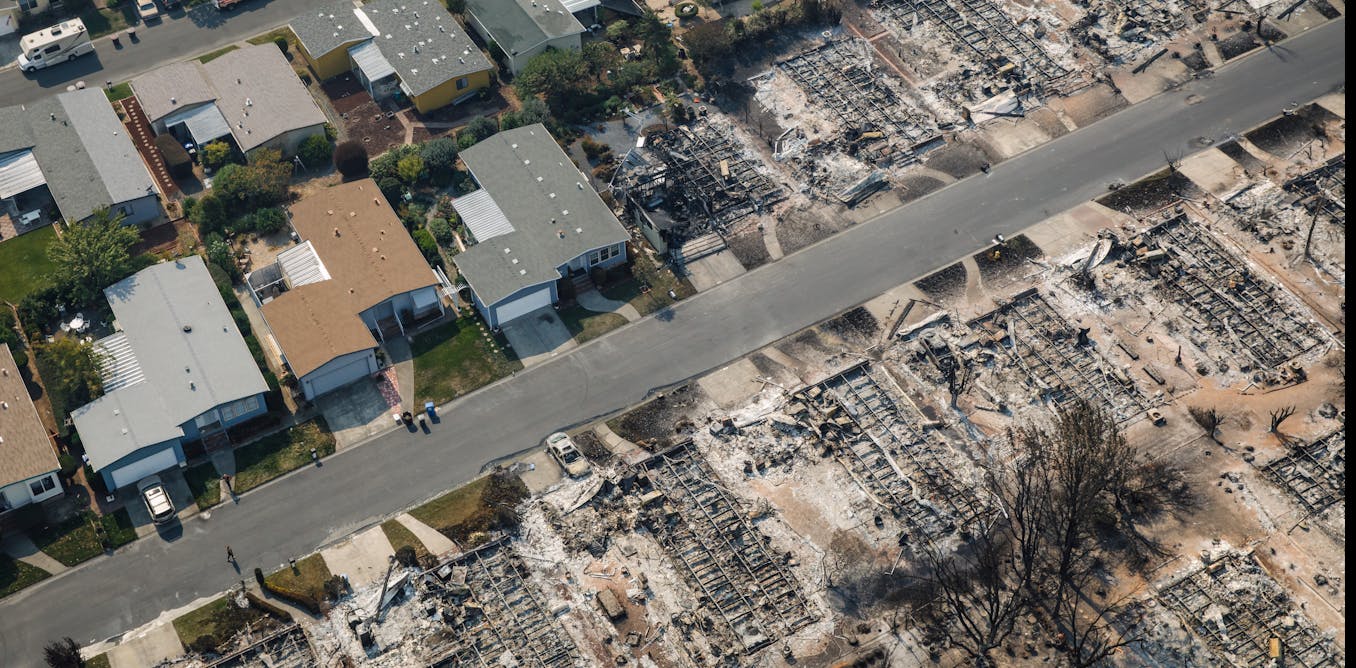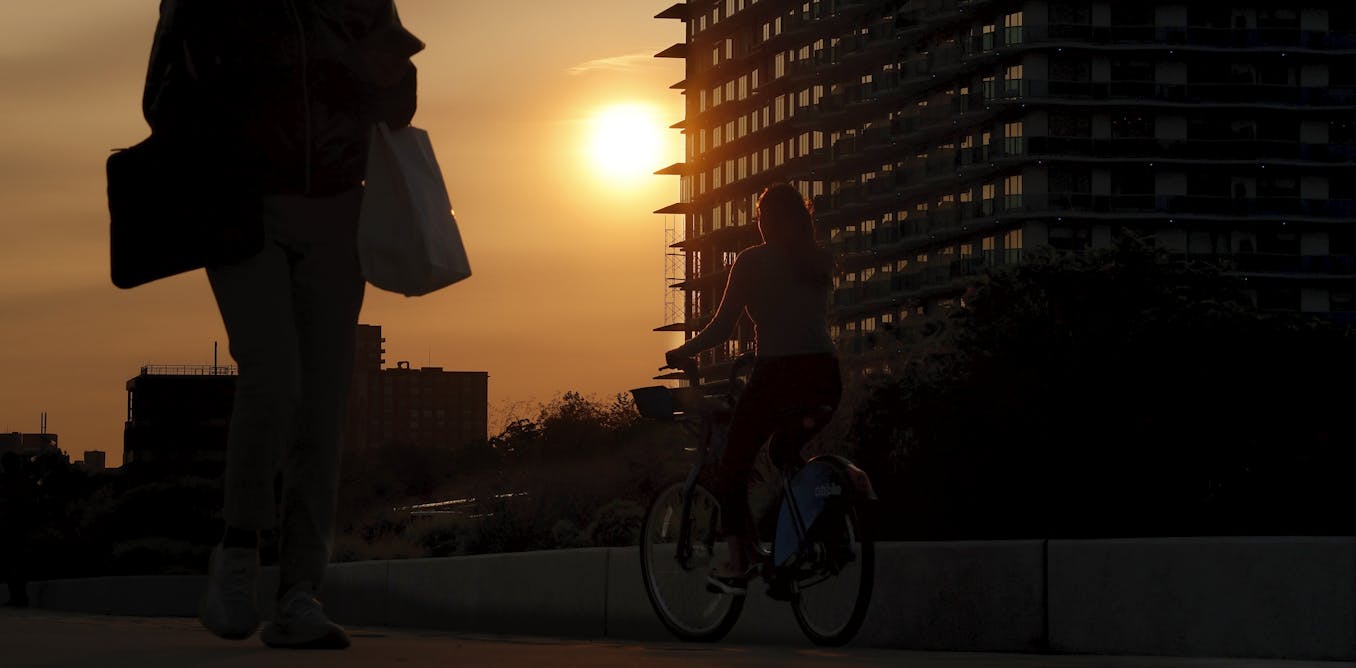Deadly wildfires burn across Maui – it's a reminder of the growing risk to communities that once seemed safe
Human exposure to wildfires in the US more than doubled in the past two decades. A climate scientist looks at who is at risk and why.
Aug. 9, 2023 • ~6 min






